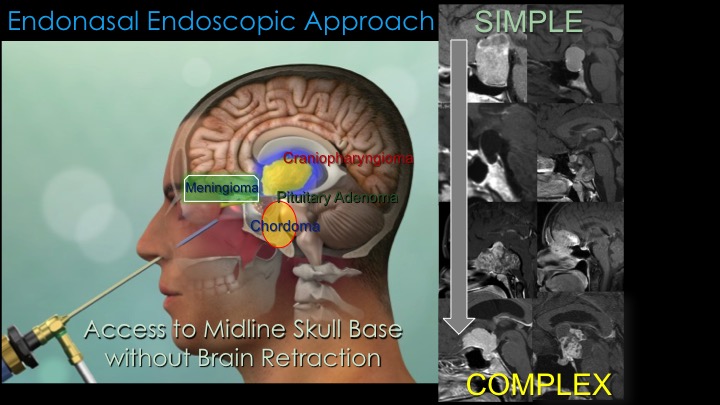

Other methods such as packing the lateral recess have also been used to provide scaffolding to the site of repair. in 2018, the use of an inflated Foley catheter balloon is also described to provide light compression in the reconstructed area.
Cerebrospinal fluid leak texas allergy series#
There have been individual case reports and a few case series detailing the management of cases of CSF leak from the lateral recess of the sphenoid, all of which stress adequate access to the lateral recess via the nasal endoscopic route. CSF rhinorrhoea with or without a meningoencephalocele from the lateral recess of the sphenoid sinus presents a unique challenge due to its proximity to the internal carotid artery, cavernous sinus and optic nerve, and extreme variations in the pneumatization of the sphenoid sinus. It can be asymptomatic in a majority of individuals unless there is a predisposing factor like trauma or raised intra-cranial tension which can lead to a CSF leak. It is covered only by connective tissue, thus becoming the point of least resistance in the skull base. It is located in the postero-lateral part of the sphenoid sinus, lateral to the foramen rotundum. In some cases, the posterior part fuses incompletely leaving a canal with bony dehiscence known as the lateral craniopharyngeal canal or Sternberg’s canal. During the neonatal period, 2 ossification centers appear in the sphenoid sinus - anterior and posterior. Its prevalence in adults ranges from 0.1 to 4%. In 1888, Maximilian Sternberg described the existence of a lateral craniopharyngeal canal. The Sternberg’s canal represents an embryological fusion defect between the posterior basisphenoid and lateral part of the greater wing of the sphenoid bone leading to abnormal communication between the cavity of the sphenoid sinus with the intracranial space. Our multi-layered closure ensured good results and no recurrence of a leak in any of our patients. Our case series highlights the linear relation of elevated BMI with spontaneous CSF leaks in the absence of benign intracranial hypertension and the reinforcement of repair with the use of a harvested naso-septal flap.

In our series, we achieved good exposure by drilling the pterygoids and lateral sphenoid walls along with the use of angled endoscopes for visualization. The key to the successful repair of the Sternberg’s canal leak lies in its accurate identification and exposure. Since the primary concern with this rare clinical scenario is correct identification and adequate exposure of the leak for repair, we additionally undertook a trans-pterygoid approach in 2 of our patients. We highlight a trans-nasal trans-sphenoid approach with multi-layer closure, i.e., fat plug, fascia, and a naso-septal flap with the use of an additional layer of muscle in one of the cases, following which all had good outcomes. One patient already underwent prior endoscopic surgery for the CSF leak. In our case series, we describe 7 patients with the rare clinical entity of CSF leak from the Sternberg’s canal, who had a mean age of 38.4 years, 4 of whom also had an arachnoid herniation through the canal. The exact location, role in the causation of CSF leaks, and clinical presentation with arachnoid herniation are also subject to much controversy. Due to the proximity of this region to the internal carotid artery, optic nerve, and cavernous sinus, it proves to be challenging to repair these defects. Hence, it can give rise to CSF leaks from that region. It is the weakest area of the skull base, originating due to defective fusion during embryological development in a small proportion of individuals.

The lateral craniopharyngeal canal or Sternberg’s canal is located in the postero-lateral part of the sphenoid sinus.


 0 kommentar(er)
0 kommentar(er)
